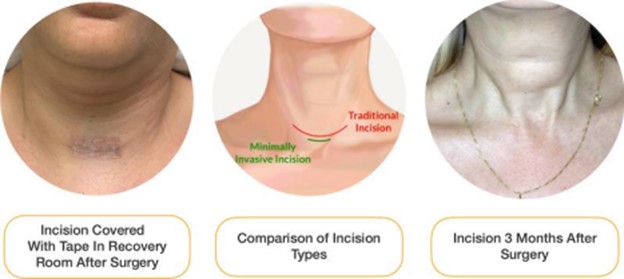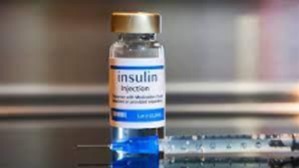RN ATI Medsurg Proctored Exam
Total Questions : 35
Showing 10 questions, Sign in for moreA nurse is caring for a client who is 1 day postoperative following a thyroidectomy and reports severe muscle spasms of the lower extremities. Which of the following actions should the nurse take?

A nurse is caring for an adolescent client who has a long history of diabetes mellitus and is being admitted to the emergency department confused, flushed, and with an acetone odor on the breath. Diabetic ketoacidosis is suspected. The nurse should anticipate using which of the following types of insulin to treat this client?

A nurse is caring for a client who has chronic hypothyroidism. For which of the following conditions should the nurse monitor?
A nurse is assessing a client who has hypoparathyroidism. Which of the following findings should the nurse expect?
A patient is scheduled for surgery to remove a tumor of the anterior pituitary. Which hormone should the nurse expect to be affected by this surgery? Select all that apply.
A nurse is assessing a client who has thyrotoxicosis after taking too high of a level of levothyroxine. Which of the following manifestations should the nurse expect?
A nurse is assessing a client who is admitted with hyperthyroidism. The client reports a weight loss of 5.4 kg (12 lb) in the last 2 months, increased appetite, increased perspiration, fatigue, menstrual irregularity, and restlessness. Which of the following actions should the nurse take to prevent a thyroid crisis?
The primary health-care provider prescribes a cough syrup 0.4 g every 4 hours. The dosage strength of the syrup is 100 mg/5 mL. The medication bottle contains a measuring spoon that measures in teaspoons and tablespoons. How many teaspoons will the nurse instruct the client to take?
Explanation
Step 1: Convert the Prescribed Dose to Milligrams
The prescribed dose is 0.4 grams (g), but the medication strength is in milligrams (mg). We need to use the same unit for both.
-
There are 1000 mg in 1 g.
-
To convert 0.4 g to mg, we multiply by 1000.
-
0.4×1000=400
-
The prescribed dose is 400 mg.
Step 2: Calculate the Volume (in mL) Needed for the Dose
We know that 5 mL of the syrup contains 100 mg of medication. We need to find out how many mL are needed for 400 mg.
-
To find out how many groups of 100 mg are in 400 mg, we divide:
-
400÷100=4
-
This means we need 4 times the volume of syrup that contains 100 mg.
-
The volume for 100 mg is 5 mL. So, we multiply 4 by 5 mL.
-
4×5mL=20mL
-
The total volume needed per dose is 20 mL.
Step 3: Convert the Volume to Teaspoons
The measuring spoon is in teaspoons (tsp). We need to convert 20 mL to teaspoons.
-
There are 5 mL in 1 teaspoon.
-
To find out how many teaspoons are in 20 mL, we divide 20 by 5.
-
20÷5=4
-
The dose is 4 teaspoons.
The nurse will instruct the client to take 4 teaspoons.
Sources
A nurse is preparing a teaching session about reducing the risk of complications of diabetes mellitus. Which of the following information should the nurse plan to include in the teaching? (Select all that apply.)
The primary healthcare provider prescribes a cough syrup of 0.4 g every 4 hours. The dosage strength of the syrup is 100 mg/5 mL. The medication bottle contains a measuring spoon that measures in teaspoons and tablespoons. How many teaspoons will the nurse instruct the client to take?
Explanation
One gram is equal to 1000 milligrams, one milliliter is equal to 0.2 teaspoons, and one teaspoon is equal to 5 milliliters. Using these conversion factors, the nurse can perform the following steps:
- Multiply the prescribed amount of cough syrup by 1000 to get the equivalent in milligrams: 0.4 g x 1000 = 400 mg
- Divide the equivalent in milligrams by the dosage strength of the syrup to get the equivalent in milliliters: 400 mg / 100 mg/5 mL = 20 mL
- Multiply the equivalent in milliliters by 0.2 to get the equivalent in teaspoons: 20 mL x 0.2 = 4 teaspoons
Therefore, the nurse will instruct the client to take 4 teaspoons of cough syrup every 4 hours.
Sign Up or Login to view all the 35 Questions on this Exam
Join over 100,000+ nursing students using Naxlex’s science-backend flashcards, practice tests and expert solutions to improve their grades and reach their goals.
Sign Up Now


